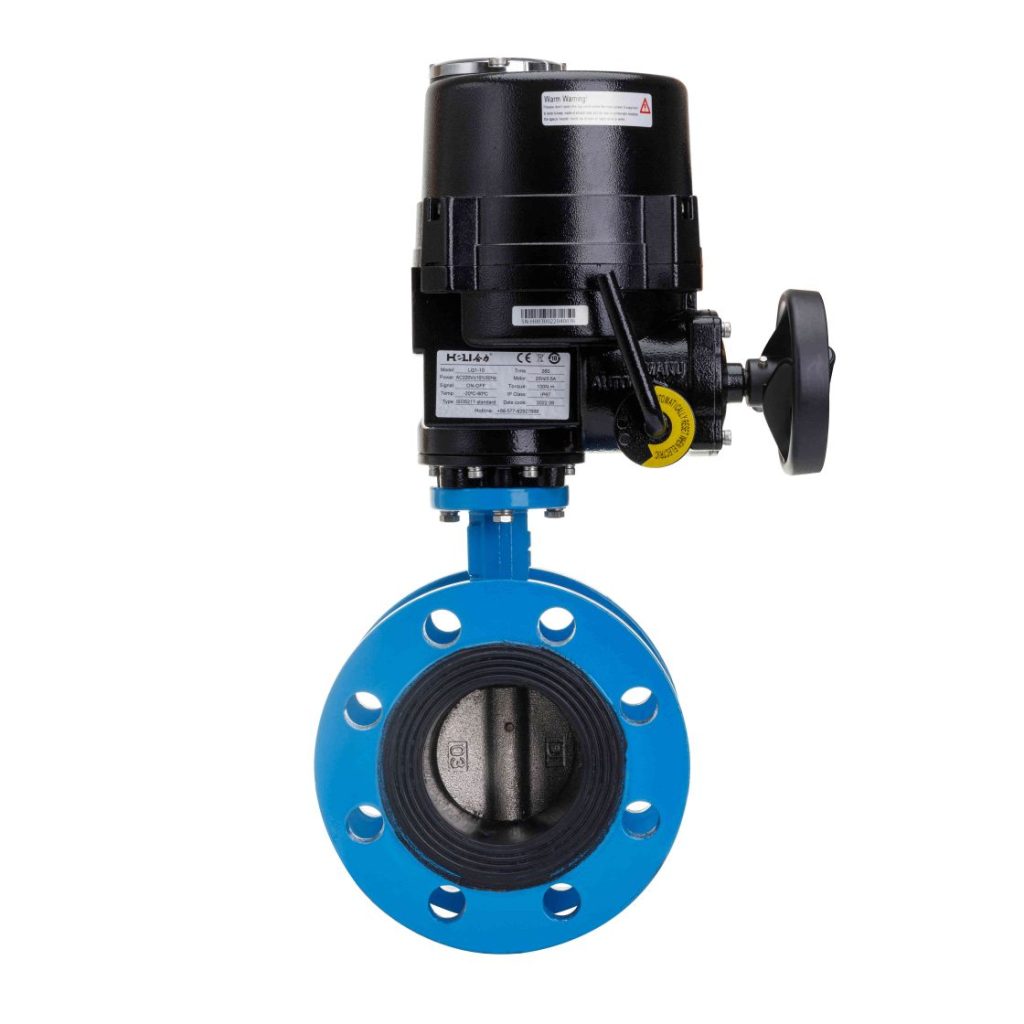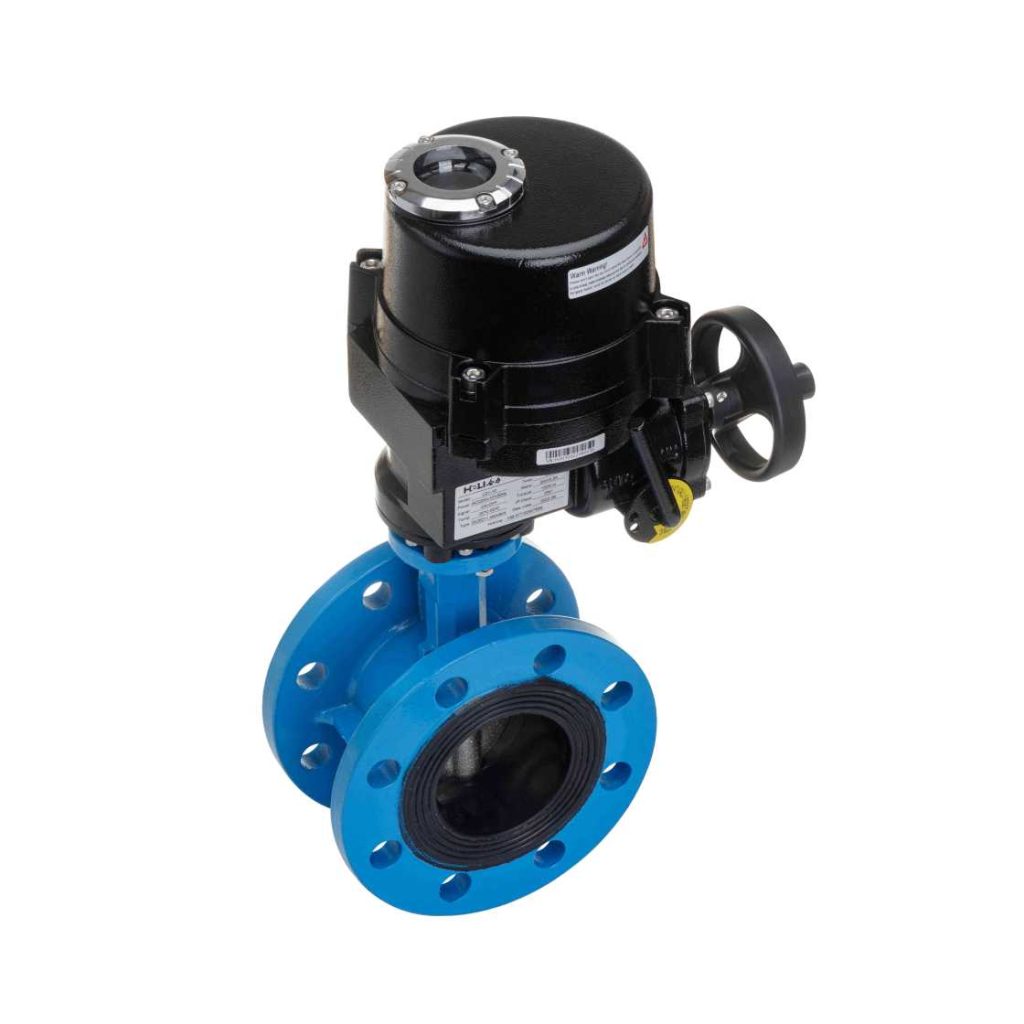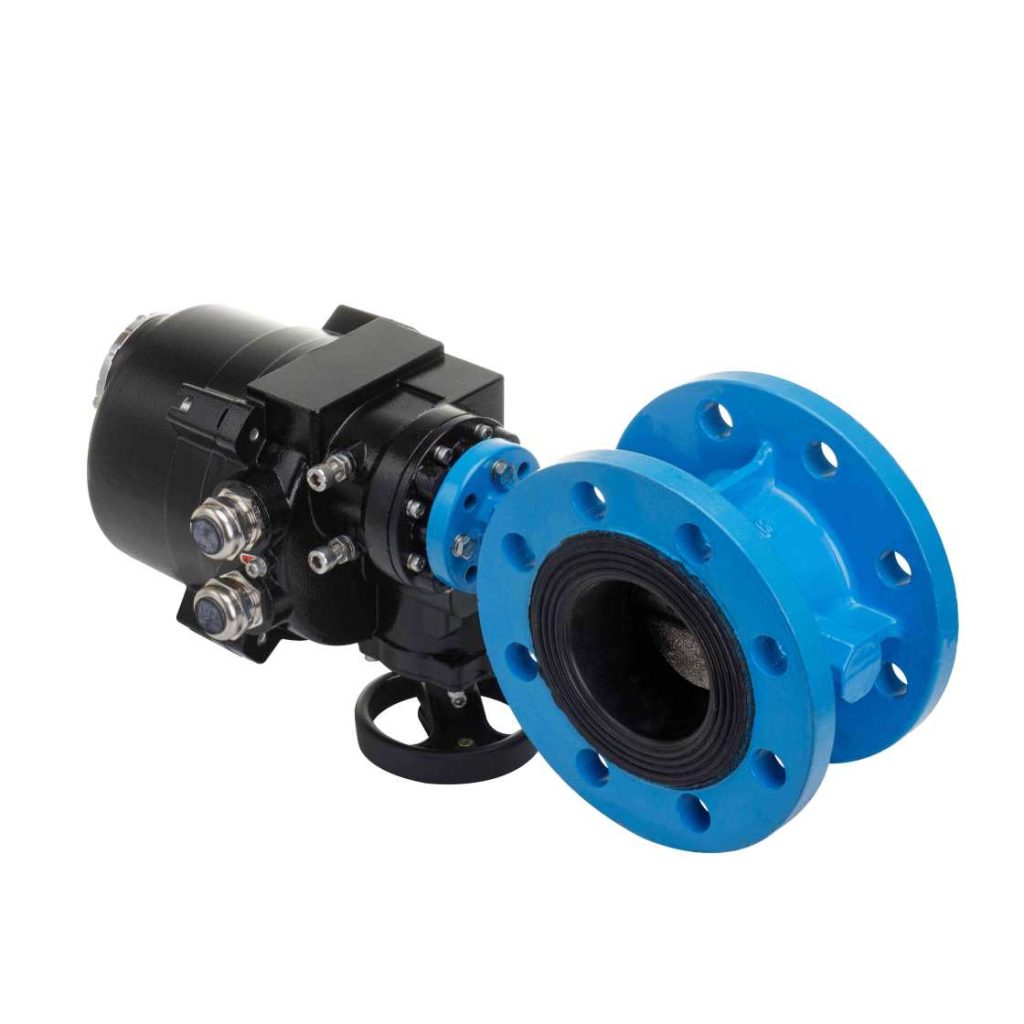Electric flanged butterfly valves are essential components in modern industrial applications, known for their efficiency, reliability, and ability to provide precise control over fluid flow. These valves are designed to manage the flow of various liquids and gases within a system, ensuring that operations remain smooth and uninterrupted. The unique combination of electric actuation and a flanged design makes them suitable for a wide range of industries, including water treatment, chemical processing, HVAC systems, and more. In this article, we will explore the design, benefits, and applications of electric flanged butterfly valves, providing insight into their role in industrial processes.

What is an Electric Flanged Butterfly Valve?

An electric flanged butterfly valve consists of a disc (the butterfly), which rotates within a pipe to regulate the flow of fluids, and an electric actuator that drives the rotation. The flanged connections on either side of the valve body allow it to be securely attached to a pipeline, ensuring a leak-free seal. The electric actuator is typically powered by electricity, which enables automatic or remote control of the valve’s position, making it an ideal choice for applications where manual operation is impractical or inefficient. The valve operates by rotating the disc within the pipe, either partially or fully, to control the flow. When the disc is parallel to the pipe, it allows maximum flow. Conversely, when the disc is perpendicular to the pipe, the flow is completely blocked. This simple yet effective mechanism enables precise regulation of the fluid or gas passing through the valve.
